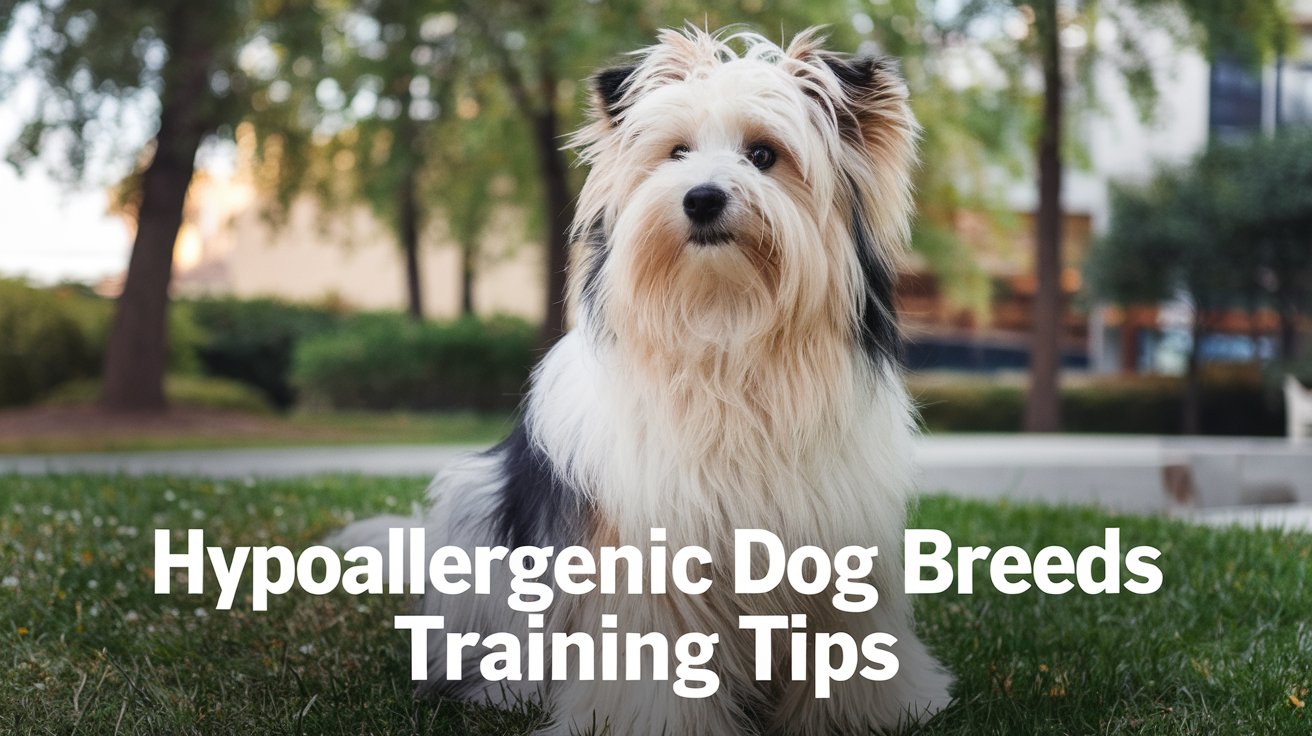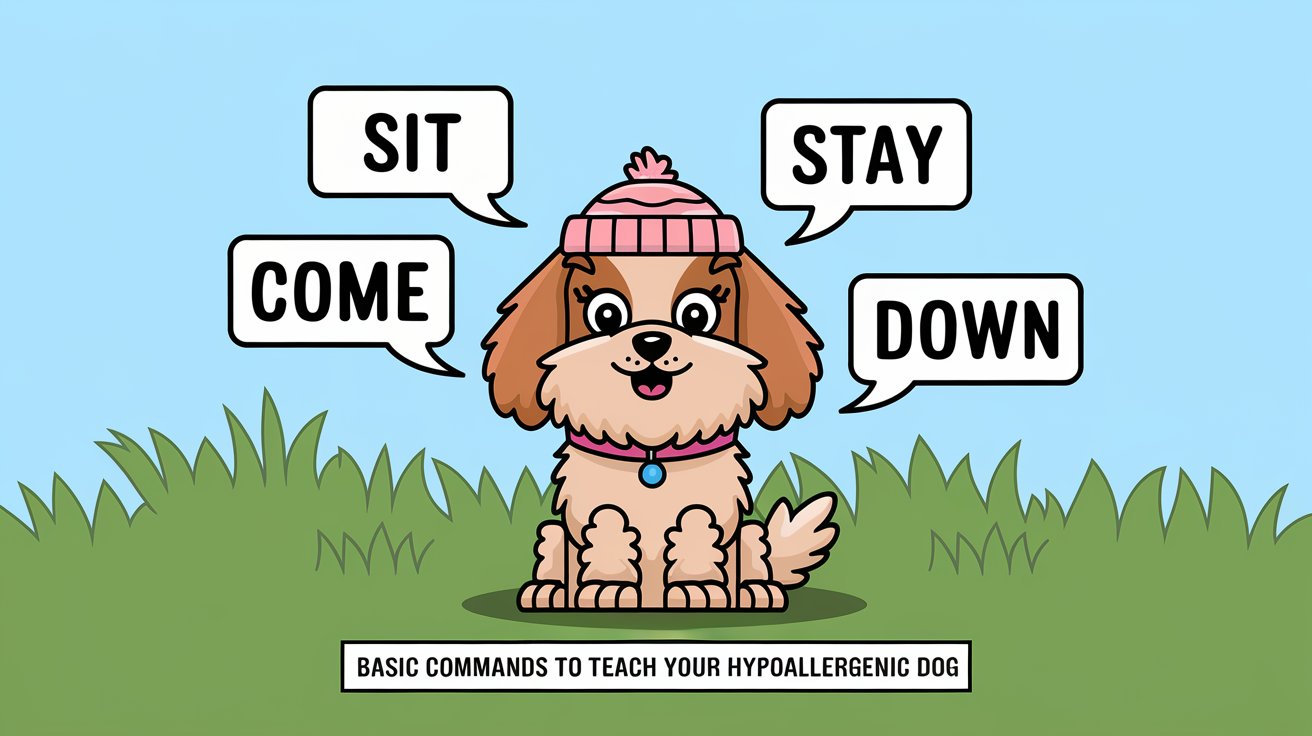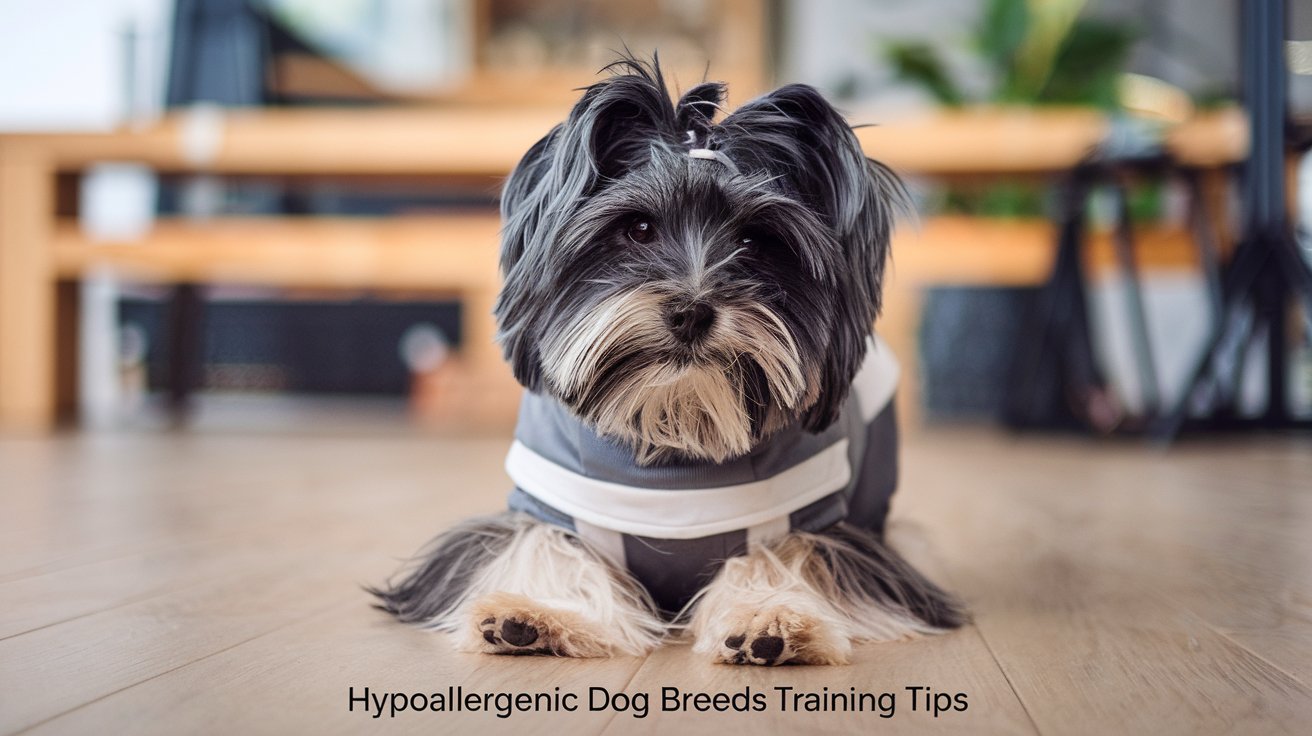
Hypoallergenic Dog Breeds Training Tips
Training a dog is important, but if you have a hypoallergenic dog, you might wonder if they need special attention. Don’t worry! Hypoallergenic dog breeds can be trained just like any other dog. In this article, we will give you easy tips to help train your hypoallergenic dog while keeping everything simple and fun.
Why Is Training Hypoallergenic Dogs Important?
Training helps your dog learn how to behave well. Whether it’s learning commands like “sit” and “stay” or housebreaking your dog, training makes life easier for you and your pet. With hypoallergenic dogs, training is just as important because it helps build good habits and strong bonds.
Start Training Early
The best time to start training your hypoallergenic dog is when they are a puppy. Puppies are like sponges and can learn a lot in a short time.
Socialization
Socializing your hypoallergenic dog is a key part of training. It means helping your dog get used to new people, places, and other pets. Taking your dog to the park or having friends visit can help your dog feel comfortable around strangers.
Use Positive Reinforcement
When training your hypoallergenic dog, it’s important to use positive reinforcement. This means gift something special to your dog when they do something right. You can use treats, praise, or even their favorite toy. This way, your dog will want to repeat the good behavior.
What Is Positive Reinforcement?
Positive reinforcement is simply rewarding your dog for doing something correctly. For example, if your dog sits when you ask them to, give them a treat right away. This teaches your dog that sitting is good and will get them rewards.
Be Consistent
Dogs learn best when training is consistent. This means using the same words, gestures, and rewards every time you train them. If you teach your dog to “stay,” always use the same word and gesture, so they don’t get confused.
Set Clear Boundaries
Setting clear rules is also important in training. If your dog is not allowed on the couch, make sure you never let them up. Being firm and clear will help your dog learn faster.

Basic Commands to Teach Your Hypoallergenic Dog
There are a few commands every dog should learn.
- Sit: Helps control your dog’s excitement.
- Stay: Teaches patience.
- Come: Keeps your dog safe.
- Leave it: Stops your dog from grabbing things they shouldn’t.
Teaching these commands builds a strong foundation for other types of training.
Housebreaking Tips
Housebreaking, or potty training, is one of the most important things to teach your dog. Here’s how you can make it easy:
- Stick to a Schedule: Take your dog outside at the same times each day.
- Use a Command: Say something like “go potty” to help your dog know what to do.
- Praise Them: When your dog goes to the bathroom outside, give them a treat and lots of praise.
Crate Training for Hypoallergenic Dogs
Crate training is a helpful tool for housebreaking. It gives your dog a safe space of their own. Make sure the crate is comfortable and not used as punishment. Dogs naturally don’t want to soil the area where they sleep, which makes crate training a good way to prevent accidents.
Handling Stubbornness
Some hypoallergenic breeds, like the Poodle, are very smart but can be stubborn. If your dog is acting stubborn during training, don’t give up! Keep sessions short and fun, and always end on a positive note. Use toys and treats to keep them engaged.
Exercise and Mental Stimulation
Hypoallergenic dogs, like other breeds, need regular exercise. Taking your dog for daily walks or playing fetch in the yard can help burn off extra energy. Mental stimulation is just as important. Puzzle toys or obedience challenges can keep your dog’s mind sharp.
Dealing with Separation Anxiety
Some hypoallergenic dogs may develop separation anxiety, especially if they are left alone for long periods. If your dog gets nervous when you leave, try leaving them alone for short periods and gradually increase the time. You can also give them a favorite toy or puzzle to keep them busy when you’re away.
Grooming and Training Go Hand-in-Hand
Hypoallergenic dogs need regular grooming to keep their coat healthy and minimize allergens. Training your dog to stay calm during grooming sessions can make the experience easier for both of you. Start by brushing your dog gently and praising them for staying calm. Over time, your dog will learn to enjoy grooming sessions.
Avoid Common Training Mistakes
Here are some mistakes to avoid when training your hypoallergenic dog:
- Being Inconsistent: Dogs need a steady routine to learn effectively.
- Using Harsh Methods: Yelling or punishing your dog can make them fearful and may slow the training process.
- Overusing Treats: While treats are a great tool, overusing them can lead to weight gain. Try to balance treats with praise and affection.

Conclusion
Training a hypoallergenic dog is just as important as training any other breed. You can teach your dog to be well-behaved and happy with patience, consistency, and positive reinforcement. Remember, the key to success is making training fun for you and your pet!
Frequently Asked Questions
Which hypoallergenic dog is easiest to train?
The Poodle is one of the easiest hypoallergenic dogs to train due to their high intelligence and eagerness to please.
What dog is 100% hypoallergenic?
No dog is 100% hypoallergenic, but breeds like the Bichon Frise and Poodle are known to produce fewer allergens.
What is the smartest hypoallergenic dog?
The Poodle is considered the smartest hypoallergenic dog, ranking high in intelligence and trainability.
How can I make my dog hypoallergenic?
You cannot make a dog completely hypoallergenic, but regular grooming and cleaning can help reduce allergens like dander.
What dog has the highest IQ?
The Border Collie is known to have the highest IQ among all dog breeds, excelling in problem-solving and obedience.

I’m Haseem Ali, a passionate writer focused on dog diet, health, training, lifestyle, and care. I’m dedicated to sharing expert advice and practical tips to help fellow dog owners provide the best for their furry friends. When I’m not writing, I enjoy spending time with my own dogs and exploring new pet-friendly activities.
